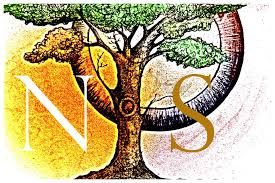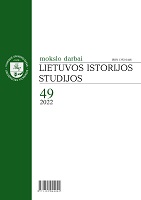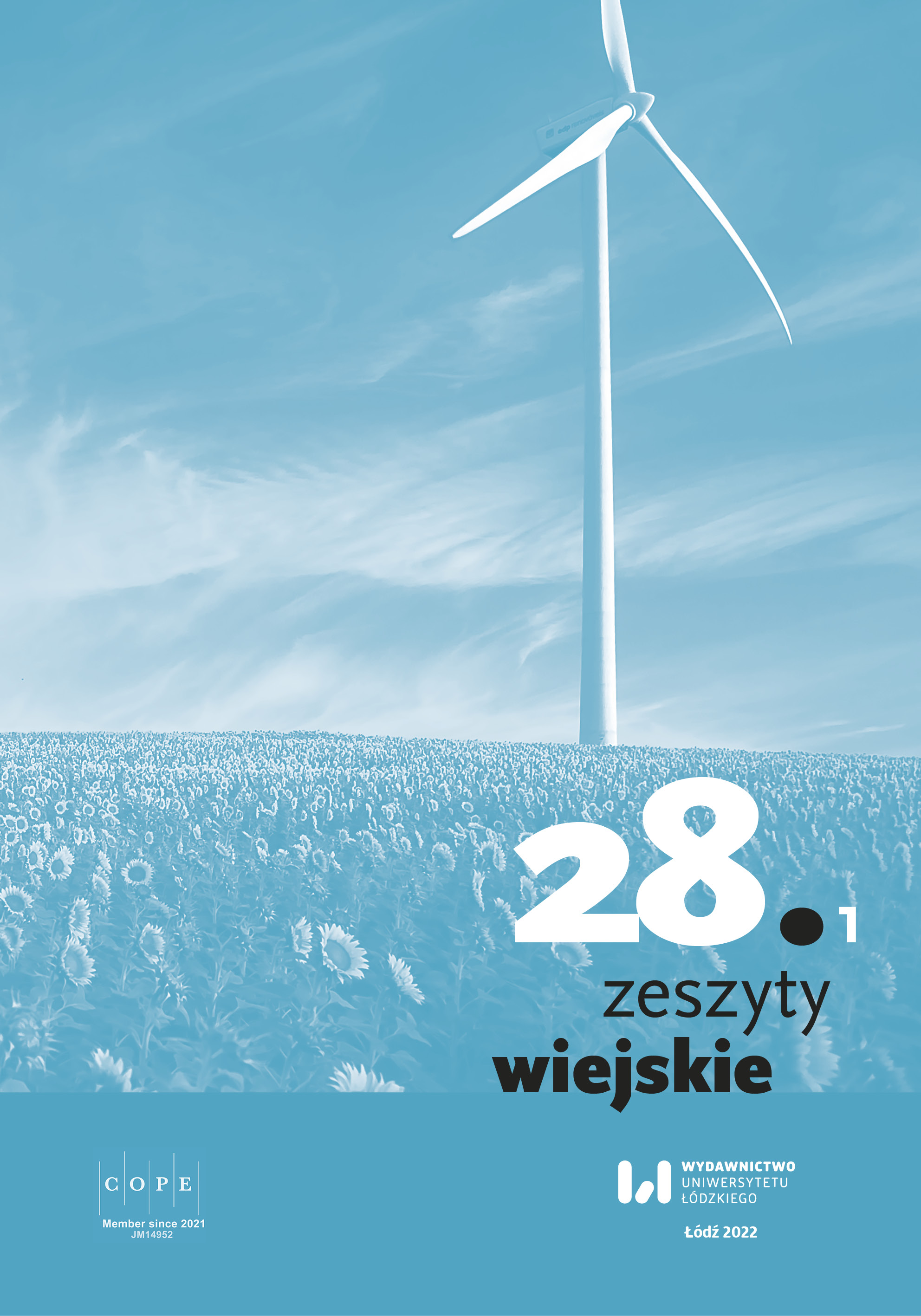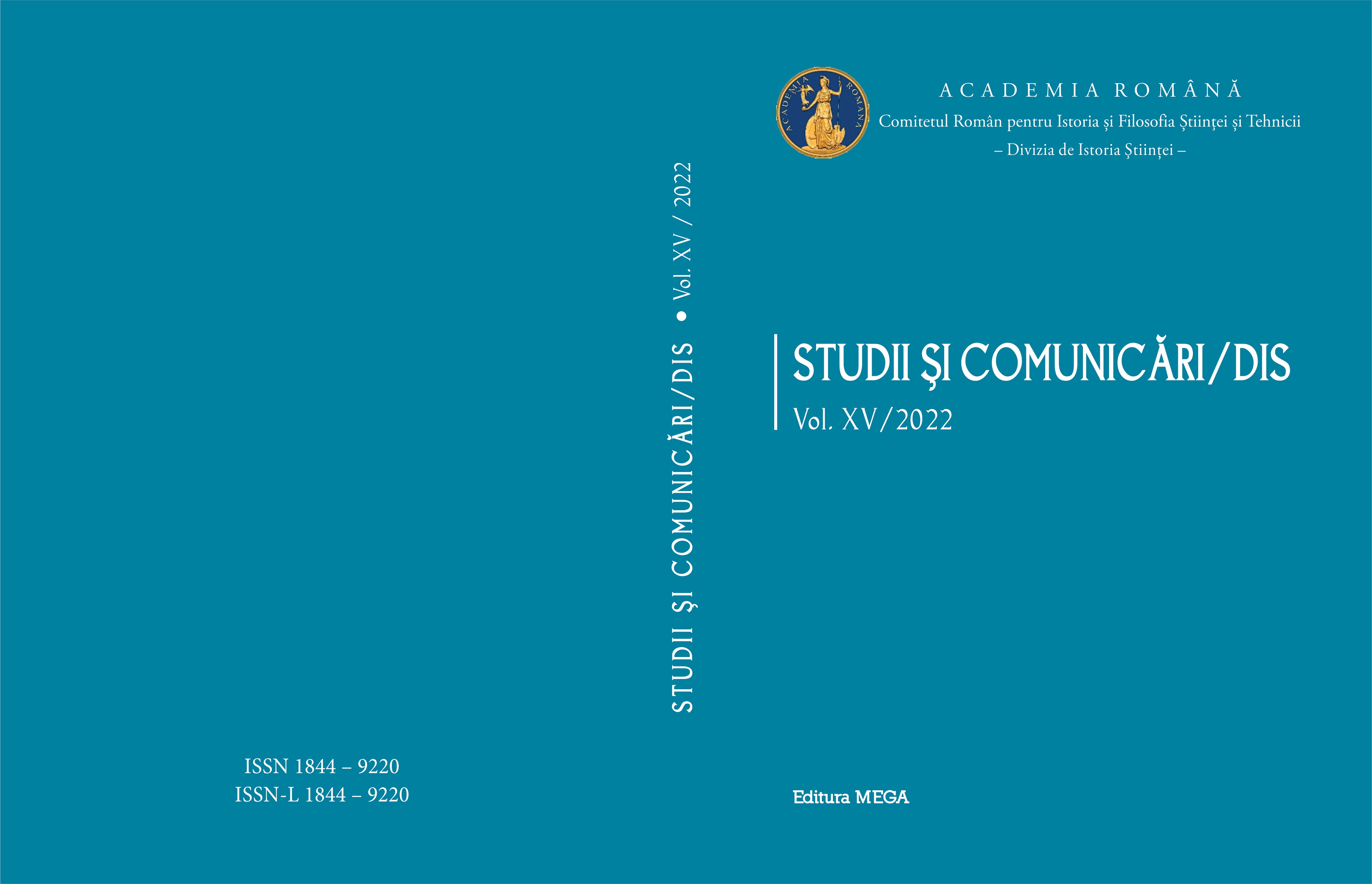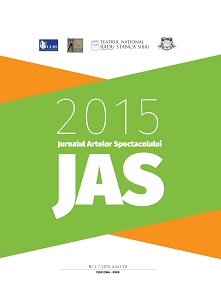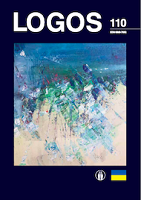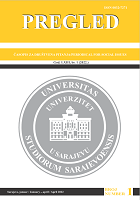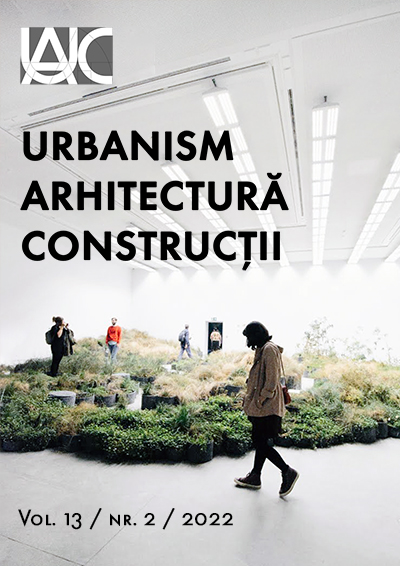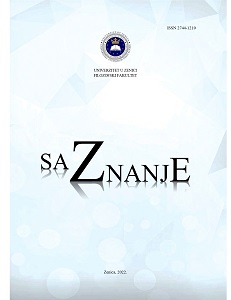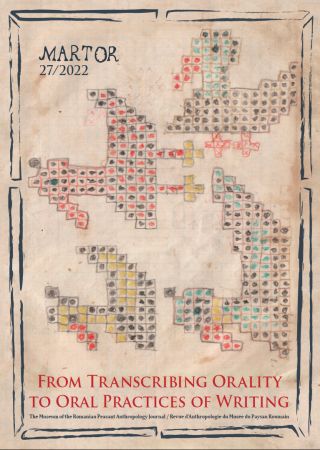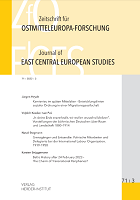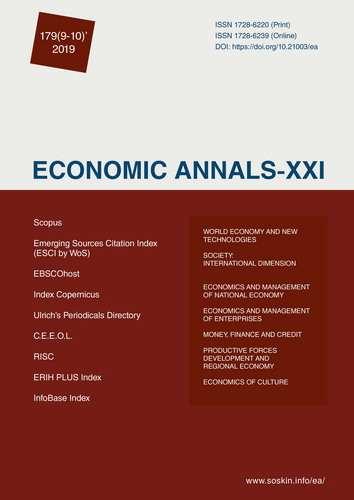
Modelling of the architectural monuments protection system in the conditions of uncertainty and multiplicity of solutions
The relevance of the study is determined by the fact that architectural monuments in most cases are understood as objects of historical value and are considered to be cultural and historical objects. The costs of maintaining and operating cultural monuments are defined in the budget legislation and economic practice as expenses intended to reduce costs. The authors show that this approach of management and accounting is not only contrary to the objectives of economic development and social balance, but also is a form of economic pressure on regional authorities. The novelty of the study is determined by the fact that the authors use the example of regional architectural monuments (namely, the mansion of the city estate of O. N. Chizhova in Moscow) to use a model that takes into account both the destruction of the monuments and social losses. It is shown that the cost of restoring an architectural monument can be reduced by 10-15% if each monument is viewed as a socio-cultural unit and, accordingly, more frequent monitoring of the state of the object is carried out. The authors developed and tested a multi-criteria model of cost estimation for the historic building restoration. The practical significance of the study is determined by the fact that the calculation of models will reduce the degree of destruction of historical monuments and increase public attention to this problem.
More...
